New with lots of questions
Nov 30, 2016 06:17:28 #
rpavich wrote:
In my experience, that's how you start. Your photo... (show quote)
You forgot to mention that you also learned your camera!

Nov 30, 2016 06:22:19 #
dvier wrote:
I really appreciate the chance to be a part of thi... (show quote)
I rarely use a converter for birds with my same setup. Even the 1.4 is a little soft. I totally agree that you should shoot without it for a while until you are more comfortable with your efforts.
Nov 30, 2016 06:22:23 #
Robby418
Loc: Brooklyn, New York
Holidays and welcome to UHH. I'm relatively new as well. My suggestion is, depending on where you live, is to seek out seminars at your local camera stores. The topics are varied and are informative. In addition, online tv(e.g. Adorama, B&H) cover several areas of interest. Lastly you can never exhaust YouTube. Enjoy & keep shooting 😎.
Nov 30, 2016 06:25:12 #
Nikon has a teleconverter compatibility chart on their website. Autofocus is not possible with the 1.7x. It is with the 1.4x on cameras such as the D500. If you can, exchange the 1.7x for a 1.4x. Here is a link to the chart.
http://www.nikonusa.com/en_INC/IMG/Assets/Common-Assets/Images/Teleconverter-Compatibility/EN_Comp_chart.html
Check your camera/lens combination for front or back focusing. You might need to do the AF fine tuning.
http://www.nikonusa.com/en_INC/IMG/Assets/Common-Assets/Images/Teleconverter-Compatibility/EN_Comp_chart.html
Check your camera/lens combination for front or back focusing. You might need to do the AF fine tuning.
Nov 30, 2016 06:54:09 #
dvier wrote:
I really appreciate the chance to be a part of thi... (show quote)
Can you post an example or two of your images?
Bird photography is fun and rewarding, but it has it's challenges.
As I read your post, you may have three categories of concern - learning the camera and lens, learning composition, and learning post processing. All three go together to make good photography.
What I have found that works for photographers in your situation is to join a local photography club. There you will likely find at least one person who does bird and wildlife photography. Many club members are either guys (and gals) like yourself, serious enthusiasts or retired professionals, and in general are very happy to share their knowledge.
Before you go out and splurge any more money on tripods or gimbal heads (not pan tilt, which will be clumsy to use), that could cost you as much as your lens alone if you do it right, consider using you camera and lens hand held. It has wonderfully effective stabilization that will get you usable results at extremely slow shutter speeds like the cat image below. I have a remote release, which I have attached to my camera for birding just a handful of times over the years. It's better to learn good long lens technique if you are using your camera on a tripod. It's best to have "full contact" with your camera and lens - this way you can dampen vibrations with our hands and face. You might find this helpful:
https://www.youtube.com/watch?v=n8HVPrPzpR4
The other images is a sampling of the kinds of images I have recorded, and all were hand-held.
Your lens is not that different than the one I used for these. It's a little longer and a little slower but still very serviceable and there is no reason why you can't realize your goals with your new gear. For now, as others have suggested, put the 1.7 TC away, and concentrate on your technique. Rather than rely on focal length, try and get closer to your subjects whenever you can. With larger birds, sitting in your car is a great alternative to a blind. Birds are less likely to be spooked by a car than they would by a person.
Birds congregate in a location for food and mating - and they are not going to let a human with a camera stand in their way of getting either or both. A camo lens coat will keep your lens free of scratches and lower the wear and tear.
For birds in flight, practice with pigeons or gulls - both are in ample supply most of the year and are fairly accustomed to people.
Learn the habits of your subjects - I cannot emphasize this enough. It will help you find them and also help you get close.It will take patience and focus (no pun intended) to get you there.
D800, Sigma Sport 150-600 F5-6.3, 1/25 sec @F8, ISO 400, at 600mm
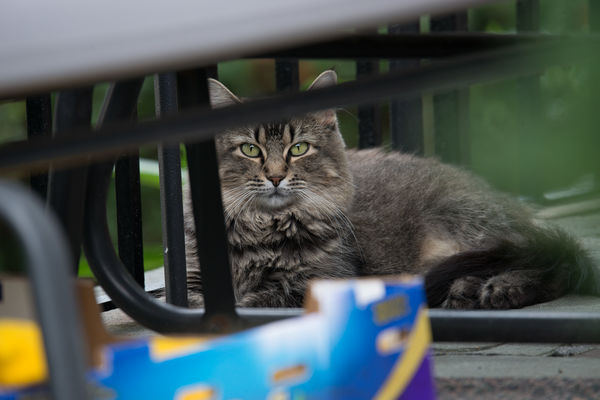
(Download)
detail of the image above
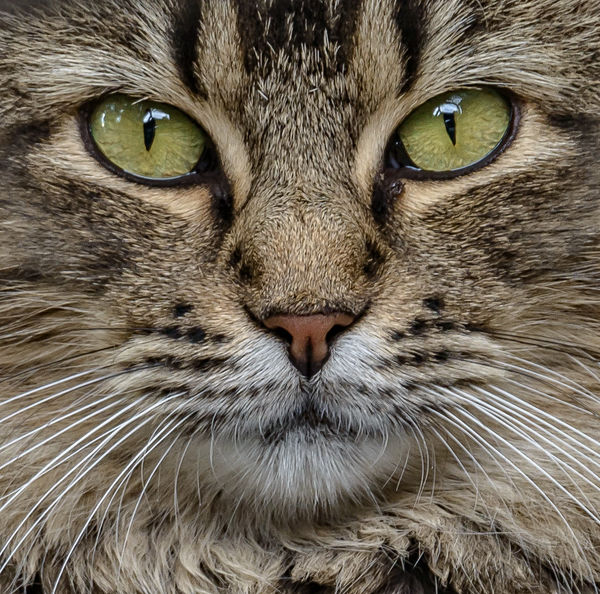
(Download)
Great White Egret
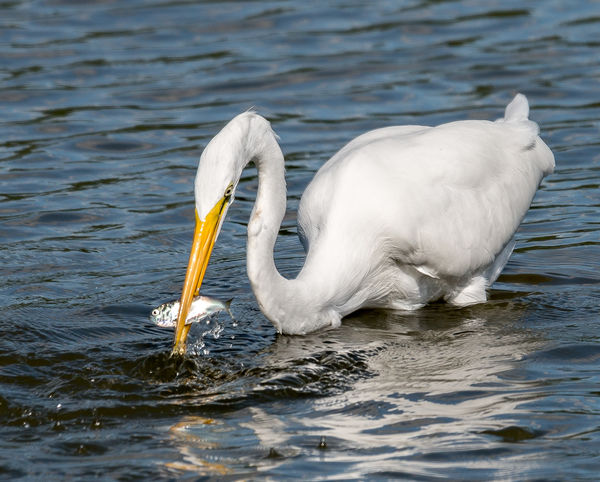
(Download)
female Ruby Throated Hummingbird
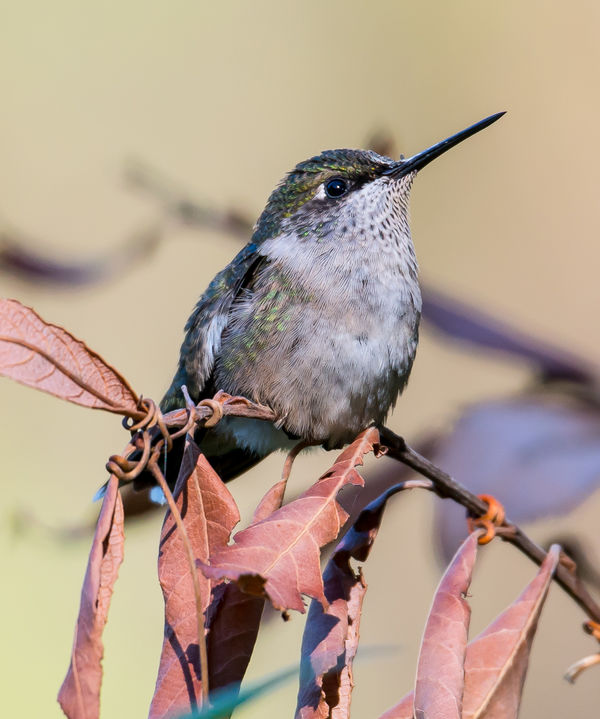
(Download)
blackpoll warbler
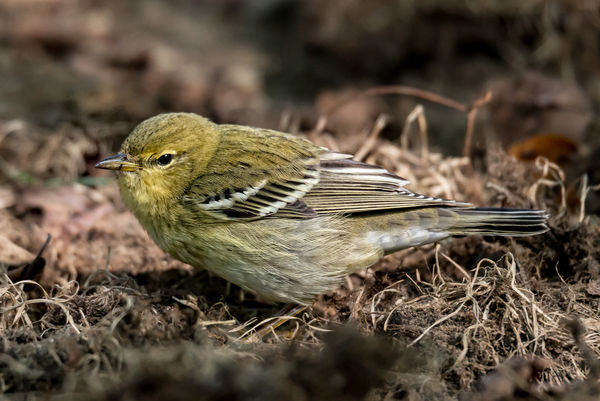
(Download)
Juvenile Red Tailed Hawk
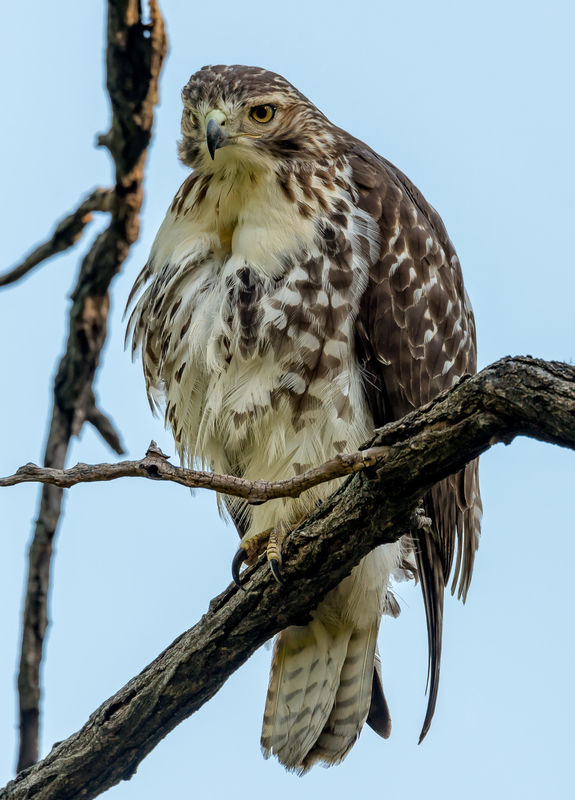
(Download)
Ovenbird
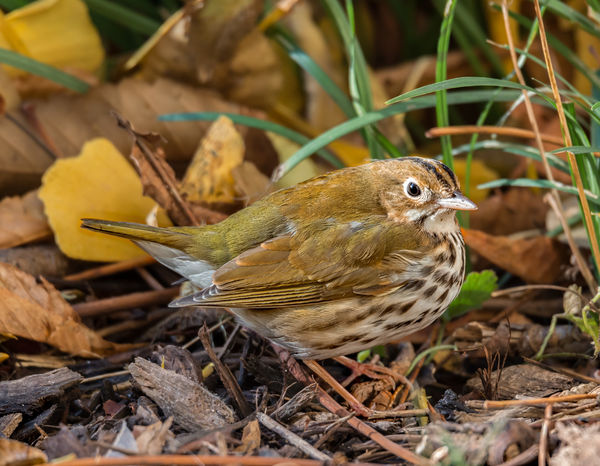
(Download)
Nov 30, 2016 06:58:14 #
Yes, this is a great forum. I don't know what I'd do with the ten hours a day I spend here, if it weren't for UHH. :D
A TC isn't the best way to shoot, but it's cheaper than a long lens, and results can be good. I use a Kenko 1.4TC, and I'm satisfied with the results.
A TC isn't the best way to shoot, but it's cheaper than a long lens, and results can be good. I use a Kenko 1.4TC, and I'm satisfied with the results.
Nov 30, 2016 07:06:04 #
dvier wrote:
I really appreciate the chance to be a part of thi... (show quote)
You might start by reading the manual. You could also post some images for analysis. Frankly, your post is too general to elicit really useful responses. What you are likely to receive is a bunch of generalities like mine.
Nov 30, 2016 07:07:31 #
Gene51 wrote:
Can you post an example or two of your images? br ... (show quote)
I see no benefit in you posting images. Are you attempting to make the OP feel worse? Geesus.
Nov 30, 2016 07:08:44 #
Jim Bob wrote:
I see no benefit in you posting images. Are you attempting to make the OP feel worse? Geesus.
Go back to bed,Mr. Happy!

Nov 30, 2016 07:14:11 #
Go on YouTube and enter DSLR bird or wildlife photography. Have FUN. 🦉🕊🕊🕊🕊🕊🕊🕊🕊🕊🕊🕊🕊🕊
Nov 30, 2016 07:18:07 #
Nov 30, 2016 07:36:06 #
Nov 30, 2016 07:37:01 #
DaveO wrote:
Go back to bed,Mr. Happy! 

Man, you made me laugh this morning. You're improving.
Nov 30, 2016 07:41:06 #
I would suggest you buy a copy of "Exposure" by Bryan Peterson. It's a recognized standard in this industry. That will do a lot toward getting your pictures moving toward that "Tack Sharp" goal we all strive for. Read a chapter, then go out and practice, practice, slow down and take your time, and practice some more. [repeat] By the time you finish the book (it's not huge), you'll be amazed how much you've improved. That, together with the vast amount of info available here should have you hanging photos in no time!
Nov 30, 2016 07:42:09 #
Jim Bob wrote:
Man, you made me laugh this morning. You're improving.
This early to bed early to rise crap is having its moments!
If you want to reply, then register here. Registration is free and your account is created instantly, so you can post right away.





